Boosting Comprehension Across Subject Areas
By Barbara R. Blackburn

In a typical classroom, beginning teachers will learn to use a wide range of comprehension strategies, whatever content they teach.
Let’s look at five strategies that are particularly suited to scaffolding learning to higher levels and can be adapted to any subject area.
1. Learning about people or characters
One way you can help students learn about a person (or animal, or element, or part of speech, etc.) is to use a mystery box. The actual box includes items related to the mystery subject, and as you pull the items out, students try to determine the person or thing. You can also use this strategy on an interactive whiteboard, revealing one item at a time – but it’s not as much fun!
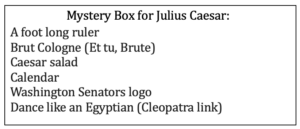
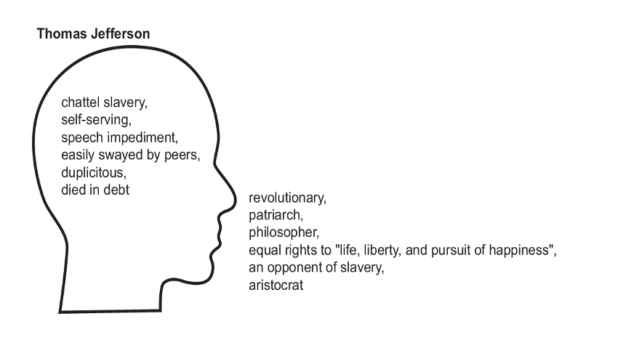
2. Understanding the textbook
Years ago I worked for Scott Foresman, which published textbooks. One of the things I remember was hearing a speaker talk about the difficulty students have reading textbooks. I was also interested in the strategies the company used to help students better understand what they are reading.
For example, they chose not to divide words at the end of a line or divide a sentence from the bottom of one page to the top of the next page. If either happens, it breaks a student’s comprehension. I never thought of something that simple making a difference to learning.
When you are asking students to read a portion of text, you will also want to model your thinking. It’s important to provide a guide. Otherwise, students won’t know what to look for. These can be detailed or more general.
Suzanne Manz created THIEVES to help students organize a chapter of a textbook.
3. Understanding the text across subject areas
It is crucial for students of all ages to use active reading skills when interacting with and understanding content area texts. The following chart outlines the ways in which students should be engaging with the texts in your classroom: by making connections to what they already know, asking clarifying questions to gauge their own understanding, making inferences, drawing conclusions, visualizing, and synthesizing information.

4. Electronic texts
Online reading tends to be shallower and more scattered. This is due in part to the variety of links that entice students to click on new pages and explore more and more information, which may or may not be related to the original purpose of their visit. There are three simple steps students should take when reading web pages.
- Focus on the main text
- Think before you click
- Take notes
In teaching them to “think before you click” have them ask themselves: “Where is this likely to take me?” “Why am I going there?” “Is this distracting me from what I came here to learn/do?”
5. Videos and visuals
Videos and other visuals can help students process information, or they may provide information. Whatever the purpose, there are several ways to support comprehension of visuals.
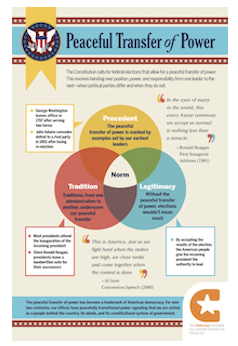
Perhaps students are evaluating political cartoons. Analyzing irony, exaggeration, sarcasm, and symbolism are all parts of evaluation. The Lincoln Presidential Library provides an excellent lesson for teaching analysis of political cartoons here.
A final note
Comprehension is a concern across all subject areas. If a student cannot comprehend your text, whether it is words or images, they cannot learn your content. These strategies can help you scaffold comprehension for your students.
Infographic: iCivics
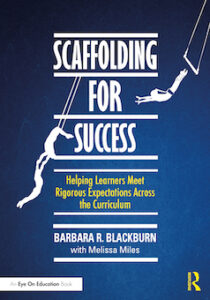
Barbara is the author of Scaffolding for Success (Routledge/Eye On Education, 2025) and many other books and articles about teaching and leadership. Visit her website and see some of her most popular MiddleWeb articles about effective teaching here.

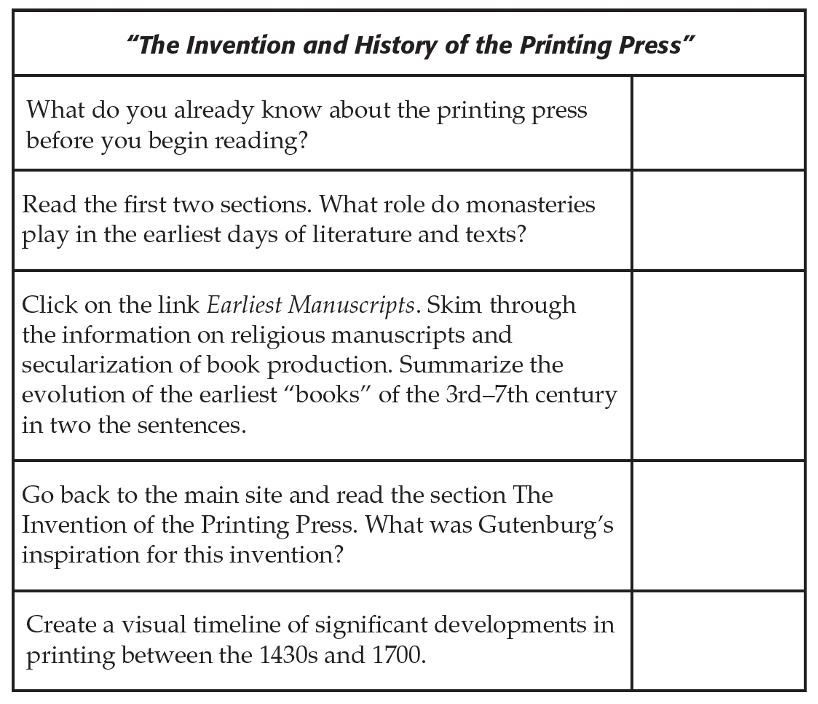
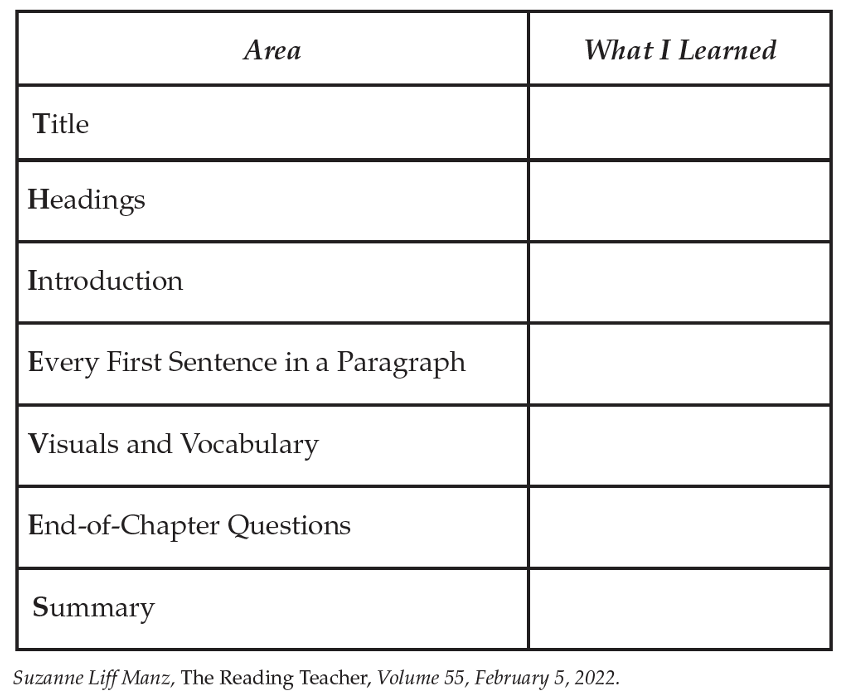































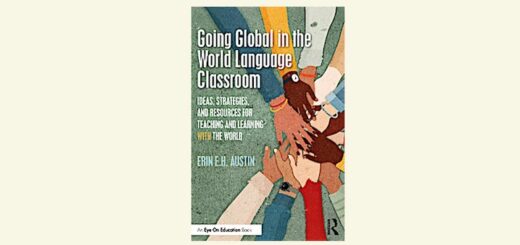

I love that you discussed electronic texts separately from paper. Your strategies are great. I would also note that while reading strategies help, they are of limited use without knowledge of key background knowledge in the content. Lots of writing on this by Daniel Willingham. https://www.aft.org/ae/winter2006-2007/willingham